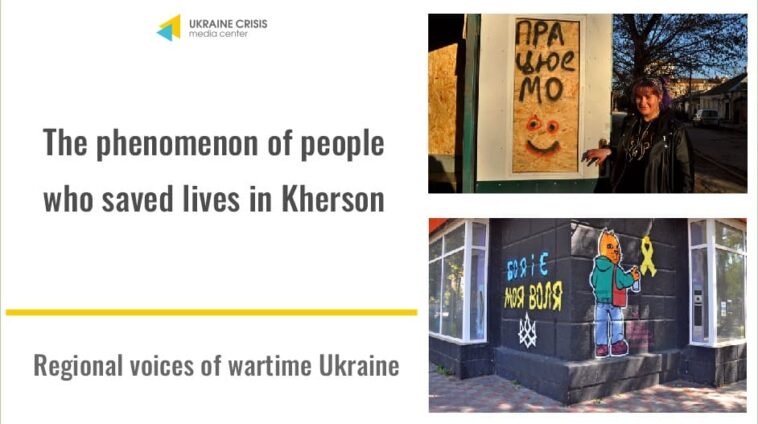This war, the bloodiest since World War II, has created a powerful social group of public leaders – Ukrainian volunteers. These are people whose opinions are listened to. People who are thanked.
And today, Ukrainian volunteering is not an occupation or a type of activity. It is a consciously chosen path of valor and genuineness. It is a way of understanding that Ukrainian indomitability, which has become a legend all over the world in the last two years, is based on support, help and joint efforts.
Ukrainian volunteers are a phenomenon that will certainly be studied in the world’s schools of sociology soon.
Read about them in the article by Kherson journalist Ksenia Keleberda.
(All photos by Mykola Celeberda)
Kherson volunteers: who are they?
After the Ukrainian Defense Forces liberated Kherson from the invaders, the city found itself in a kind of ‘vacuum’. Or, better to say, on the verge of serious social challenges. The city, once home to about 300,000 people, was devastated and partially destroyed. And the people who survived the occupation had to get their lives back on track as soon as possible.
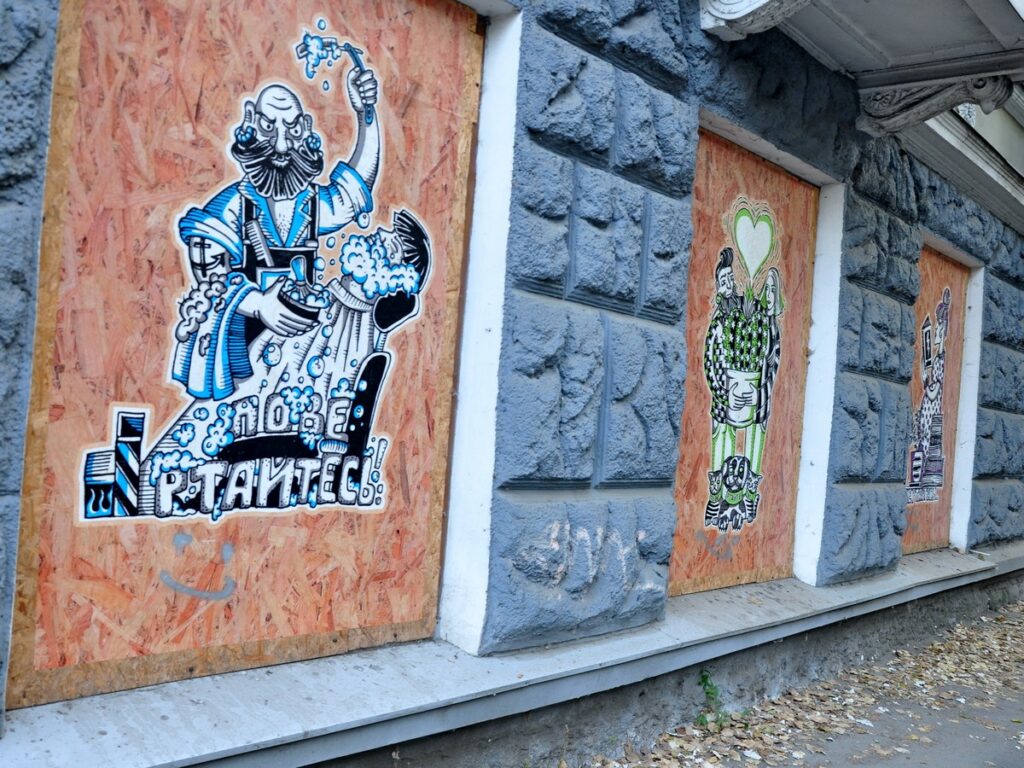
What did it mean at the time? Everything you can imagine: from basic medical care to simple food or clothing. And all this against the backdrop of constant shelling. After leaving Kherson, the occupiers began to destroy it by all possible means.
Today, just like two years ago, Kherson depends on volunteers.
There are a lot of them in the city. How many exactly? Hardly anyone can count the accurately. After all, as already mentioned, in today’s realities, volunteering isn’t a goal, a means, or a type of activity. It’s a path that everyone can join. And in Kherson, active people join this path every day. It is in their hands that the wounded city and its inhabitants are now.
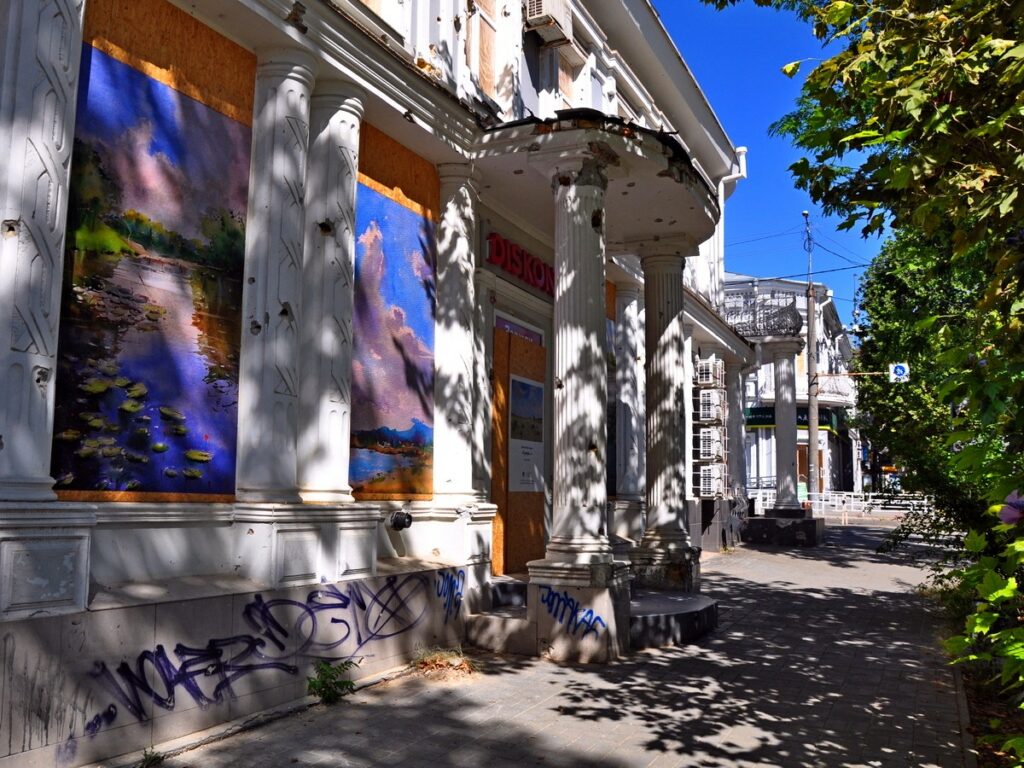
Volunteers bring food, medicine, warm blankets, generators and much more to the areas that the enemy shells daily, making it impossible to restore and repair. But those areas are home to the elderly, people with limited mobility and simply those who had neither a chance nor a place to leave. Or just decided not to leave their homes. Today, volunteers help these people in Kherson by taking them to hospitals, caring for them, cooking and bringing food. They also look for their missing family members.
The first days of the war
In the first days of the war, it became clear who was who. According to local people, most deputies, some ‘activists’, heads of state institutions fled from Kherson as soon as they heard the first sounds of shells exploding.
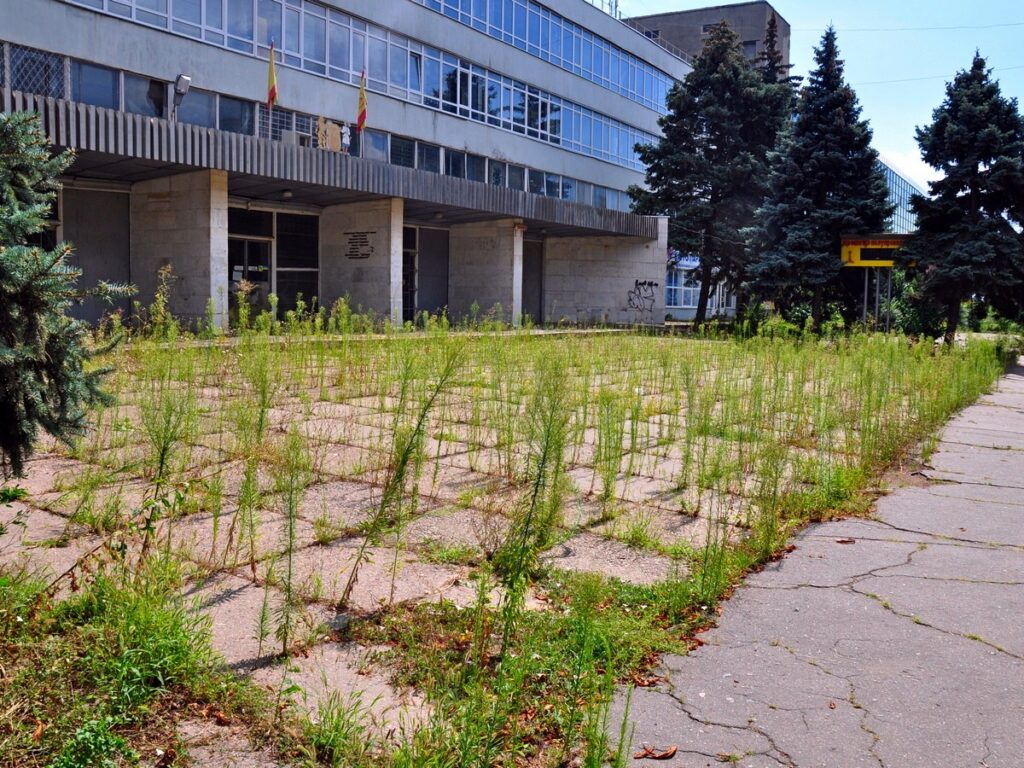
The head of the regional state administration, Hennadiy Lahuta, and the head of the regional council, Oleksandr Samoilenko, also fled. Mayor Ihor Kolykhaev seemed to have fallen into prostration and kept silent. People in Kherson didn’t know what to do: there was no appeal, no explanation, no recommendations. And on the outskirts of the city, near the Antonivsky Bridge, battles were already raging… Dismay and desperation of the first day of the war.
The second day of the full-scale invasion. Bread was gone. The bakery simply stopped working. Shops and pharmacies sold out the last items and closed down. People bought and took home everything edible. And over the city, the roar of battle grew louder and louder.
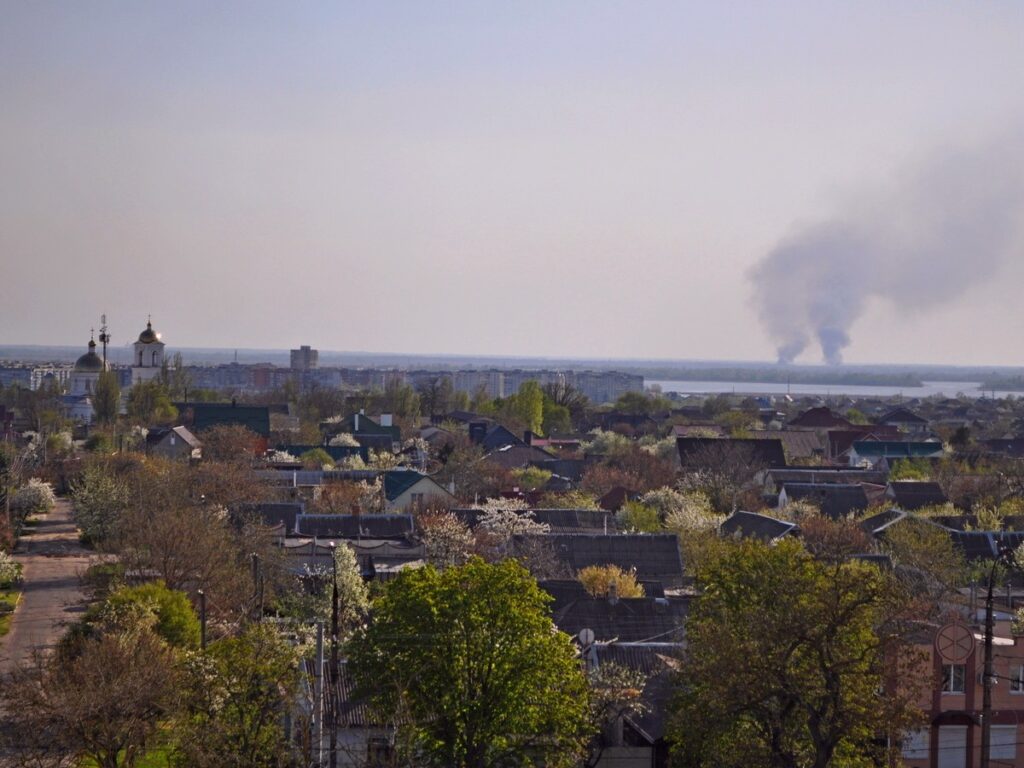
However, the second day was absolutely different. The people of Kherson had already created social media groups and new Telegram channels. People started to unite. They collected warm things, food, and medicine for the defenders of the Antonivsky Bridge. They took it all to the volunteer headquarters. Public transport did not work, so those who had cars picked up and drove people with packages through the gloomy winter city.
For several days, from March 26 to March 1, until Russian troops entered Kherson en masse, the city’s volunteer headquarters worked with unprecedented activity. Round the clock and without breaks. There were hundreds of people there. A close-knit, organized and focused “human anthill”. But everyone was in their place.
The townspeople collected medicines, food, warm clothes, and mats, and took them all to the Antonivsky Bridge, where the fighting was going on. The wounded were taken from there to hospitals. Then doctors hid the wounded in their homes. Some managed to get away on boats.
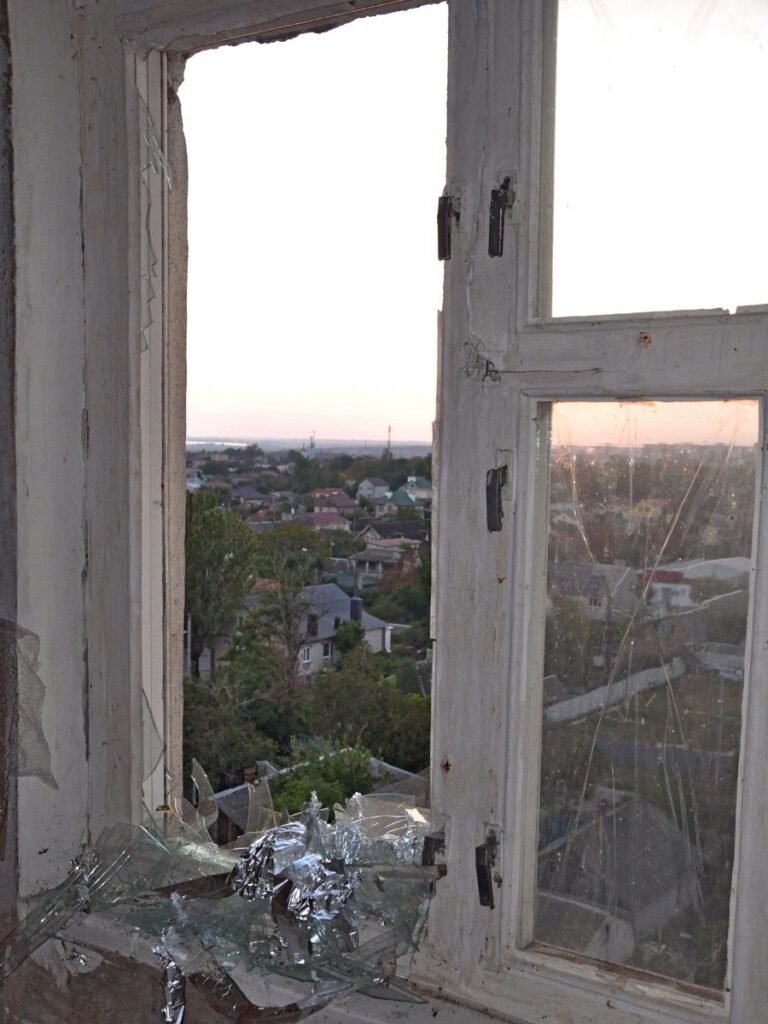
And on the streets, people welded anti-tank hedgehogs from sheet iron and made Molotov cocktails…
Anyone who has seen post-apocalyptic movies knows that they begin with the same scenario: people go wild and “gnaw” at each other for food and medicine.
But the post-apocalypse in Kherson followed a different scenario. People didn’t go wild. Quite the opposite. The townspeople did not vandalize shops and did not “cut each other’s throats” for food. In the long queues, everyone was incredibly polite. Women with children and the elderly were let through without a queue. Some even joked. And although everyone was incredibly scared, no one showed it.
But we have to be honest – there were looters in Kherson, too. They dragged the surviving household appliances from the bombed-out Fabryka shopping center. TVs, vacuum cleaners, microwaves…
This outrage was stopped by the immediately formed voluntary Municipal Guard. The looting stopped within two days.
On March 1, Russian soldiers entered Kherson. That’s when the real looting began. Cynical, unprecedentedly large-scale with the classic greed of savages.
The Russians totally plundered everything on their way. Looted shops were closed, warehouses in the city were emptied, and stocks were exhausted. Pharmacies did not work at all.
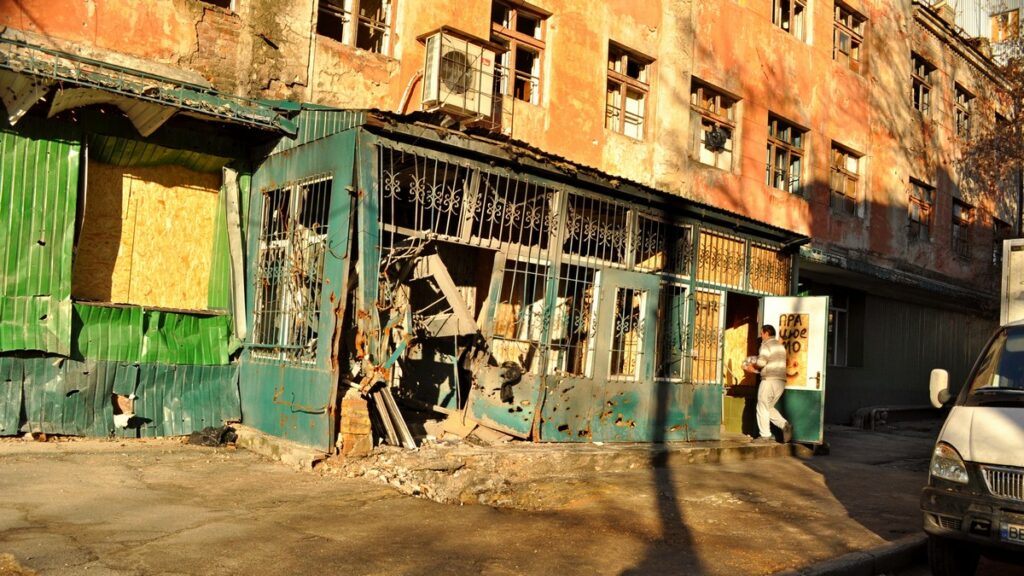
The invaders’ “preoccupation” with looting made it possible for the Kherson volunteers to develop their work unnoticed by the enemy. Volunteer centers got down to business. They chose their area of responsibility and elaborated on areas of work with people.
All the occupiers’ hopes for panic and fear came to naught. Any squabbles, “jealousy” or accusations among the townspeople simply disappeared. Instead, a monolithic community appeared, cemented by hatred of the enemy and a desire to liberate their hometown from the invaders.
Despite tears and risk
Of course, it is impossible to list all the volunteers of the Kherson region. Each of them made a contribution and, without exaggeration, saved someone’s life.
Here are just some names and surnames.
Iryna Salikhova and her “Patriot Cats”. They delivered medicines to the city. Perhaps the hardest volunteer work in the first months of the war is to deliver medicines to people, especially those without which the sick cannot survive. And “Patriot Cats” did it as best they could. With tears, losses, risk…
Iryna had worked in journalism for a long time, and her professional skills came in handy – people responded to her posts, donated, helped. And Iryna’s connections with the government and business helped to “open” pharmacy warehouses that still had medicine left.
Journalists Volodymyr Kosiuk and Iryna Mezentseva helped low-income people both during and after the occupation. Mostly, those who lived in the villages near Kherson. Those people were actually deprived of everything they needed, including food and sometimes even clothes. Every trip to the occupied villages could cost them their lives. And if you lose yours, you won’t save someone else’s.
Olena Pimenova approached the matter from a different angle and quite creatively. She developed a line of clothes with the symbols of Kherson, made delicious jams, puzzles, shoppers. She donated the proceeds from the sale of these products to Kherson charitable organizations.
Natalia Shatilova-Pohasiy, head of the Dnipro branch of the Red Cross, worked under occupation and is still active now. Her organization suffered heavy losses. Her fellow volunteer, Viktoria Yaryshko, died during the shelling of Kherson – enemy shells hit the organization’s office several times.
After the city was liberated, Kateryna Tsymbaliuk and her husband collected requests from people about their elderly family members with whom they had lost contact. Then she searched for them and helped.
Many other volunteers also did what they could with the most basic necessities. They baked bread, cooked hot meals, supported families with children and people with disabilities, got medicines and took people out of the occupation.
After Kherson was liberated, the volunteer movement became even larger. More and more people join new projects.
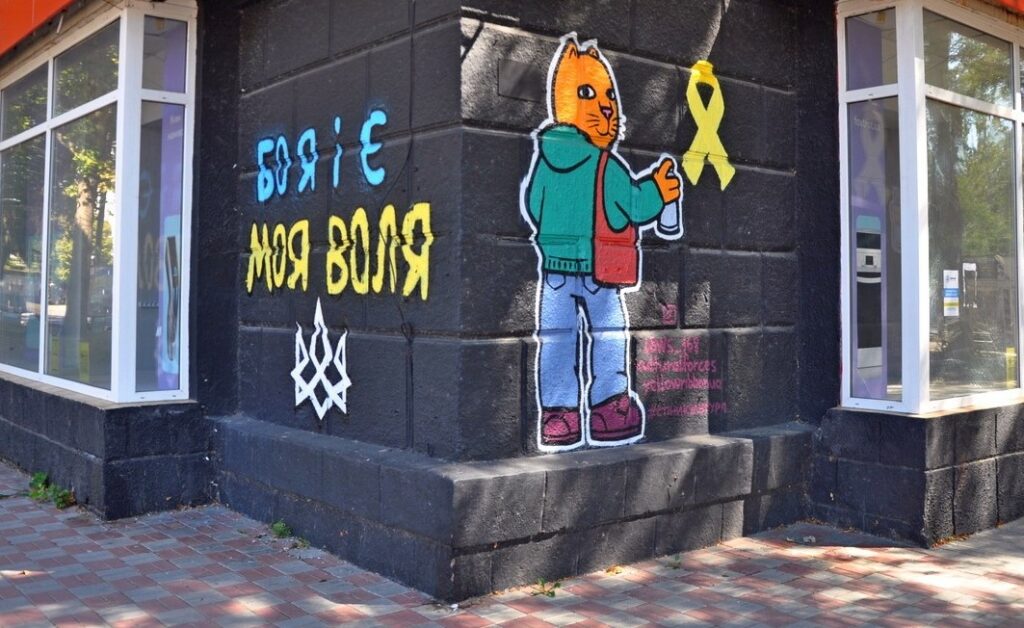
In addition to large volunteer organizations with international connections that deliver large batches of humanitarian aid, many people in Kherson still hold the “volunteer wave”. People share food, feed animals, work near houses, maintain good order, and help the military.
For the sake of people
Одна із сотень: волонтерка Ольга Чернишова
Today, most of Kherson lives until 3 p.m.; most of the shops and pharmacies are open, and public transport runs.
In Tavriysky residential area, where shells rarely hit, life goes on until 5 p.m. Cafes, bank branches, and second-hand shops are open here. And Silpo, which was renamed Vstoimo (“We will survive “) after three hits, and ATB supermarkets are open until 7 p.m.
People can even walk here. Not by sprinting along the wall to get to the shops, but just walking from shop to shop.
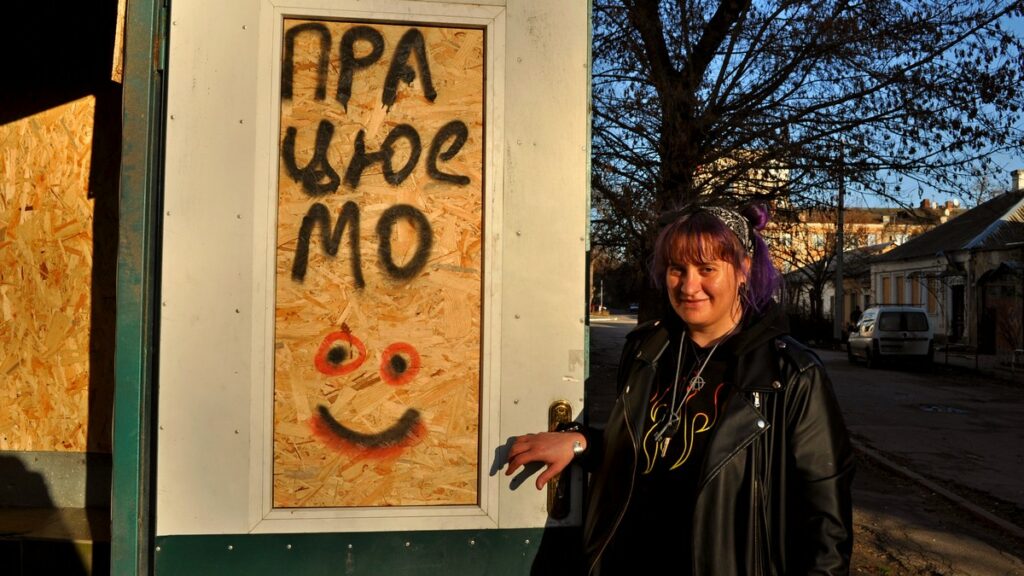
For residents of Kherson, shops are places for meetings, dates, and hangouts. Teenagers gather in noisy groups near shops. And no one blames them. These children of war, fashionably dressed, would organically fit into the life of any city. However, they live here in Kherson. Under the constant pressure of the fear of death and the inability to study, communicate, have fun…
“I’m going to the store as if for a holiday!” jokes a cheerful, tastefully dressed pensioner with make-up. Pensioners are the majority here. And they are in no hurry – they carefully choose products, discuss the latest news.
Olha Chernyshova’s shop has long since turned into a “club” and a volunteer point. It is the only shop in the most dangerous district of Kherson – River Port. Townspeople come to the store to buy groceries, drink a cup of coffee, and chat. Besides, the humanitarian aid is brought here and transported from here.
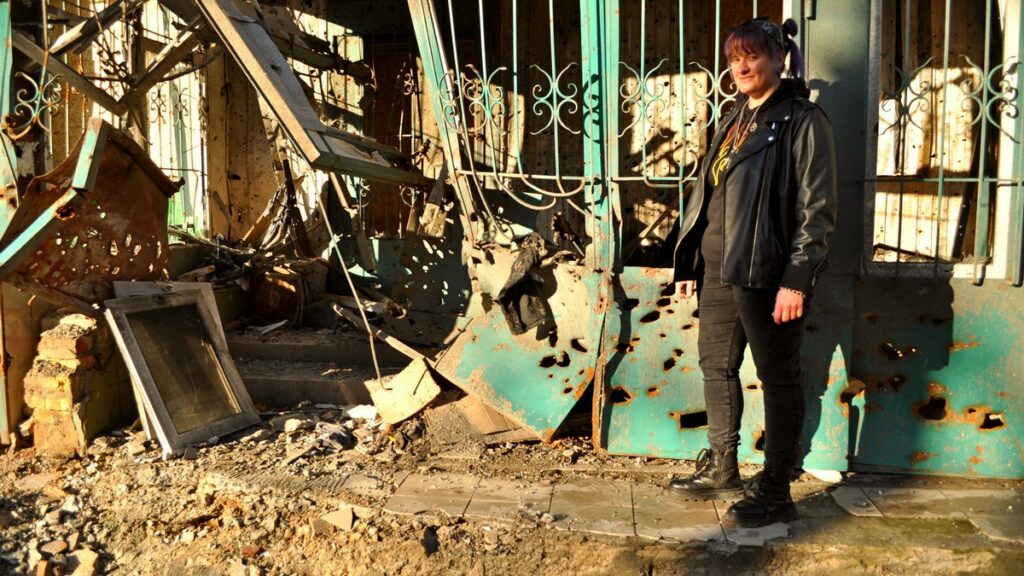
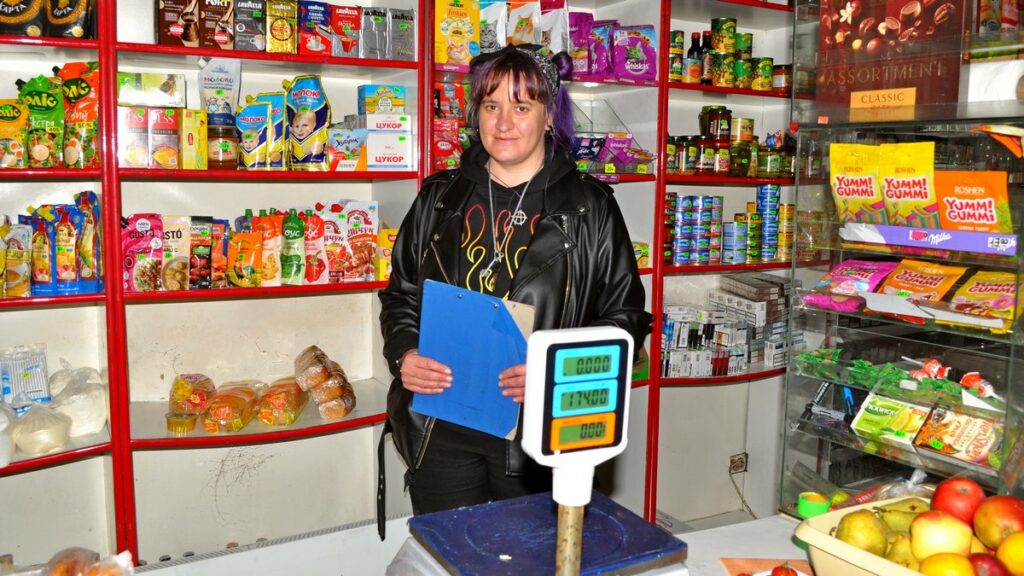
The store owner is always on her cell phone: gives instructions and takes orders.
“My customers called me on March 1, 2022 and said that Russian soldiers were coming. We removed the sign, disconnected the power supply and did not go to work the next day. But the shop was closed for only one day during the occupation. At that time, there were Russian tanks near the shop. Russians looted five shops nearby. Cigarettes, alcohol, and money were taken from there. But they did not notice us. We returned the next day: the asphalt was riddled with tank tracks and there were black “piles” of rags everywhere. It turned out that the occupiers looted the ATB supermarket, took socks from there and changed their clothes. What a horrible smell was comoing from those piles of socks! Indeed, ‘Russian spirit’!” says Olha.
The volunteer recalls how the occupiers began their “passportization” among the people in Kherson.
“There was a funny story. When the Russians started issuing passports with a two-headed chicken, almost no one came for those “Ausweisses”. Even when 10,000 rubles were added to the passport, there were still no queues. Then the Russians gathered the homeless from all over the city. They were issued passports, enrolled in the communal service, and given their first salary. And they worked for three days and ran away,” Olha recalls, laughing. “And we worked… Not for the occupiers, of course. For the sake of the townspeople, for the sake of people. Because who will help people? We found food, supported people, together survived the occupation, shelling, flood and attacks…”
“Various things happened during the occupation, both funny and scary. We survived it. We thought it was over – we were already breathing freely, but…” Olha continues her story. “We were flooded when the Kakhovka HPP was blown up. There was water in the store at the level of one meter twenty. And there were four ‘hits’ – the roof was hit twice. But we are still working. We cannot close our shop. This is the only shop – all residents of our district come to us. And we go ourselves to those who cannot walk.”
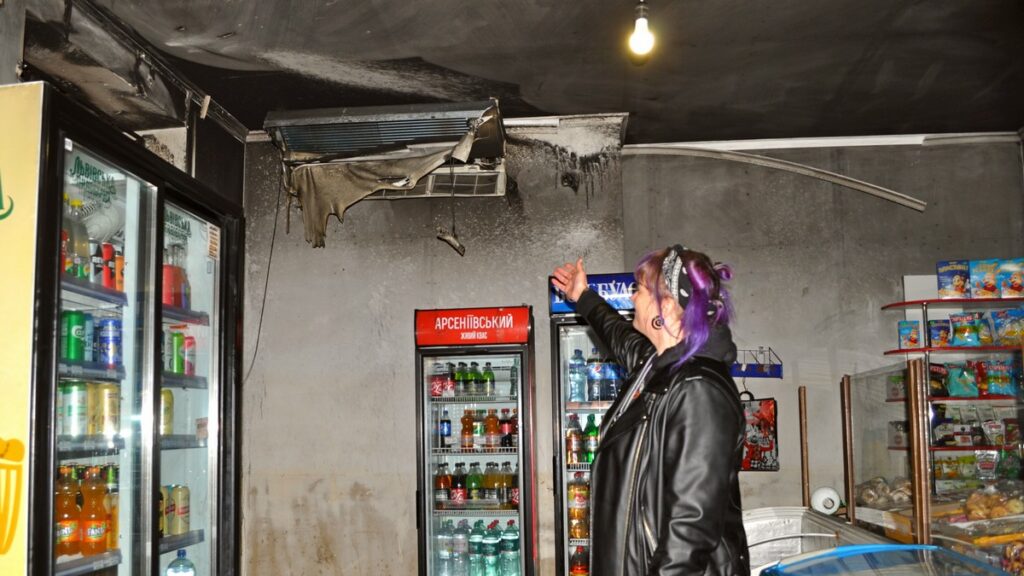
Olha speaks about her volunteer activities without pathos: “I just help and that’s all!” She mainly helps people with limited mobility in her very dangerous neighborhood, who hardly ever leave their apartments. She delivers food and water to them.
When asked why she is not leaving, Olha Chernyshova answered, “We will close our shop, and what will happen to the people? We have a generator… We will help when there is no light. We will bring them products… Someone must live here. Our soldiers defend us in the trenches. They’ll come back, and there is no one here? Soldiers cannot defend an empty city. Sometimes they visit our store – it’s full of soot, I say, I’m sorry, boys… And they smile, answer that it’s okay, they have it even worse. In our district, everyone knows each other. We support, help, call each other…”
Olha notes that she learns a lot in this kind of work.
“When those who left return to the city, they will have to be reconciled with those who survived the occupation, flooding, shelling in Kherson. There will be conflicts… I want to gain experience and create some space for communication. We will learn to find a common language,” Olha says.
Olha Chernyshova also helps the military. Besides, she feeds abandoned dogs and cats. Her big heart is enough for everyone.
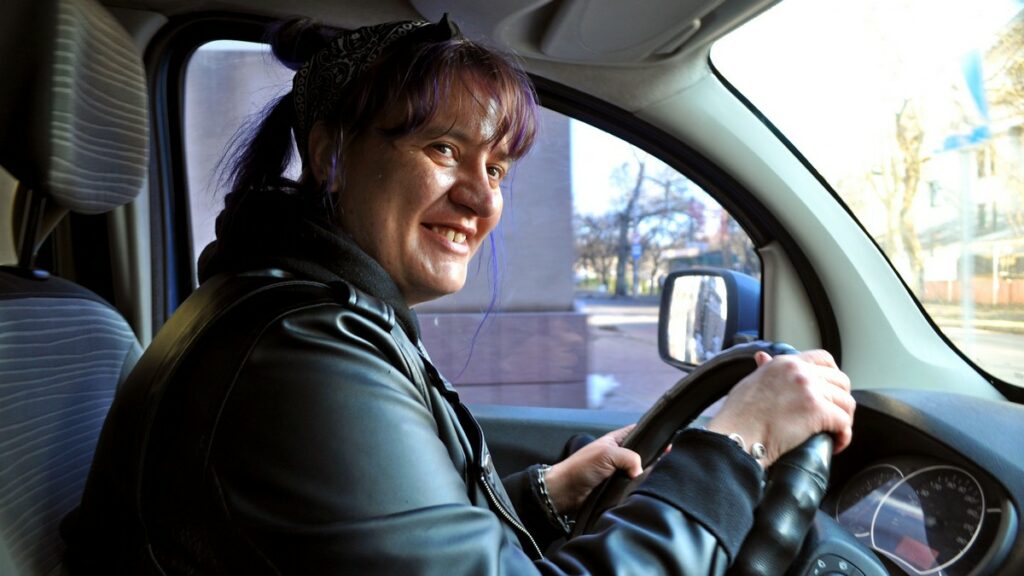
The woman bravely drives her car, works from morning to night and believes that her hometown will become busy and safe again. And then she will exhale! She will rest and start to rebuild her small shop, where she will arrange a space for communication, and her beloved Kherson.
Listen to the audio version at the link:
Supported by the U.S. Embassy in Ukraine. The views of the authors do not necessarily reflect the official position of the U.S. Government.

